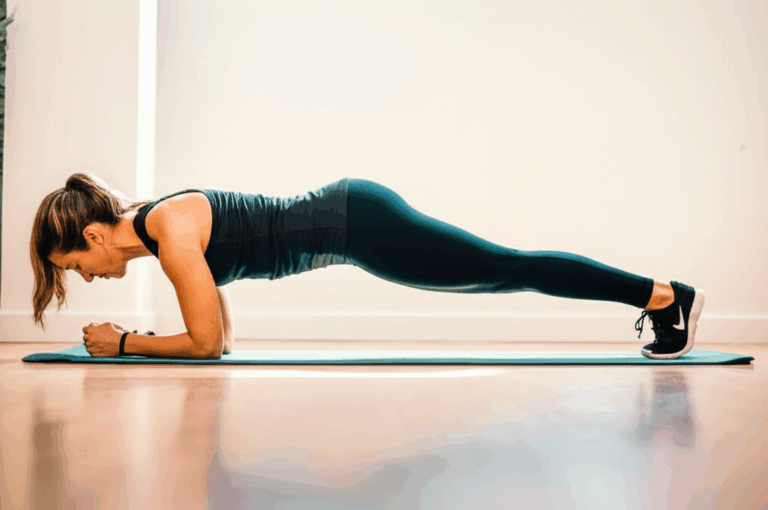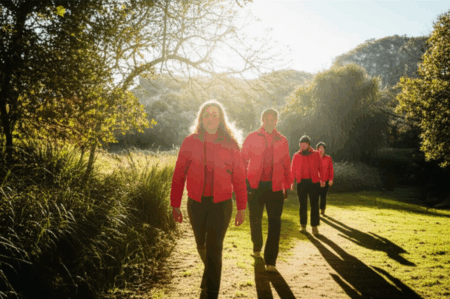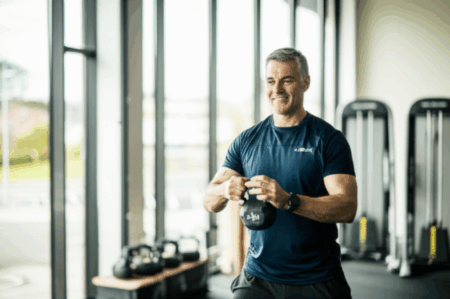Feeling perpetually short on time but still want to achieve a strong, stable core? Good news: you don’t need to dedicate hours to intense gym sessions. Fitness experts confirm that consistent, targeted core workouts as short as 10 minutes a day can yield significant results, improving everything from posture and balance to athletic performance and injury prevention.
Forget the misconception that a strong core demands endless crunches or lengthy routines. The key lies in strategic exercise selection and consistent effort, as highlighted by various fitness professionals and studies.
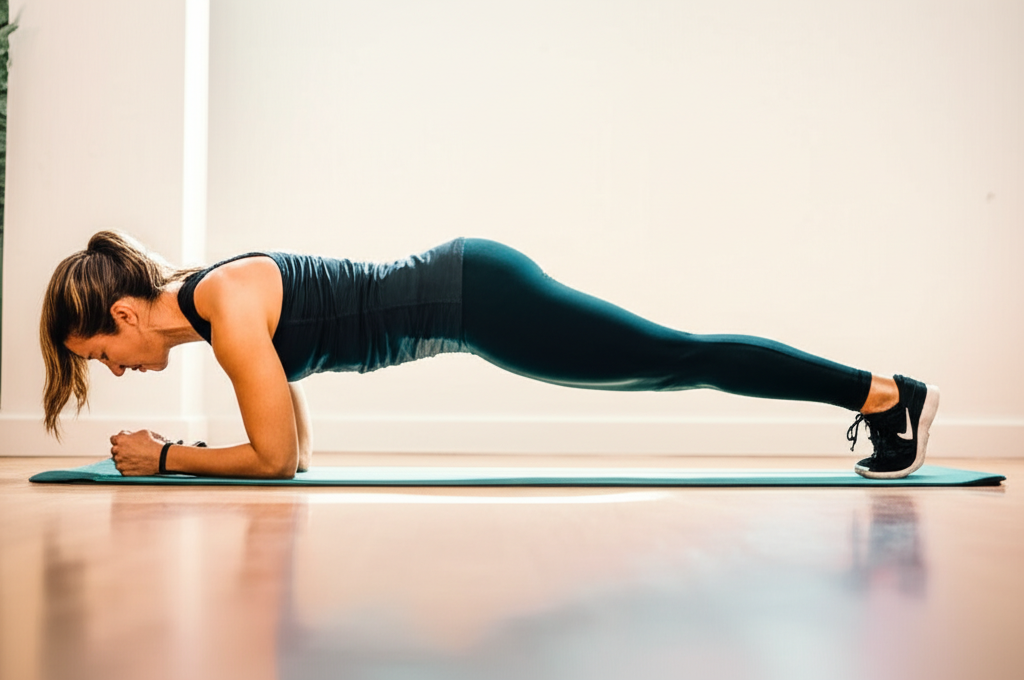
Why a Strong Core Matters More Than You Think
Your core is far more than just your “abs.” It’s an interconnected network of muscles encompassing your rectus abdominis (the “six-pack” muscles), obliques (side muscles), transverse abdominis (deepest abdominal muscle), lower back muscles, glutes, pelvic floor, and diaphragm. These muscles work synergistically to stabilize your spine and pelvis, acting as the body’s central powerhouse.
The benefits of a robust core extend far beyond aesthetics:
- Improved Posture: A strong core acts like a natural corset, supporting your spine and promoting better alignment, which can alleviate strain and reduce the risk of chronic back pain.
- Enhanced Stability and Balance: Your core provides the solid base from which all movement originates. Strengthening it improves your ability to maintain balance and stability, crucial for daily activities and preventing falls, especially as you age.
- Reduced Risk of Injury: Weak core muscles can lead to imbalances and compensatory movements, increasing the likelihood of injuries in various joints. A strong core helps stabilize the body during physical activities, protecting your spine and other joints.
- Better Athletic Performance: For athletes and fitness enthusiasts alike, a strong core enhances your ability to generate power, transfer force between different body parts, and maintain optimal form during workouts, leading to improved overall performance.
- Easier Everyday Movements: From lifting groceries to bending and twisting, a strong core makes functional movements more efficient and less strenuous, supporting overall agility for daily life.
- Reduced Lower Back Pain: Many instances of lower back pain are linked to weak core muscles. Strengthening these muscles provides better support for your spine, often leading to a significant reduction in discomfort.
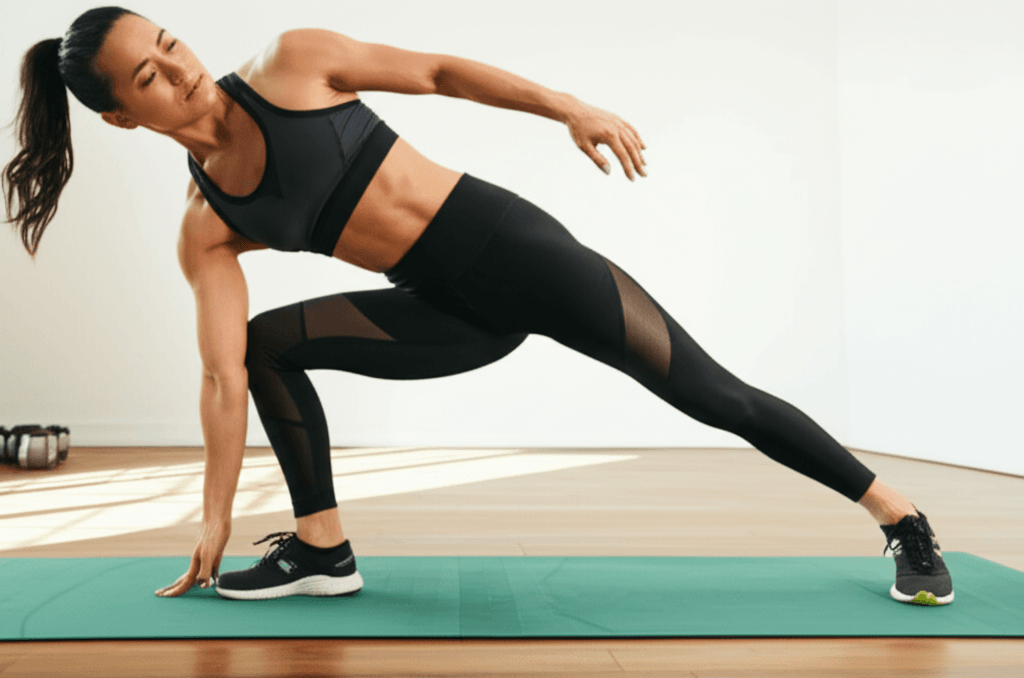
Crafting Your 10-Minute Core Routine
The effectiveness of a short core workout lies in selecting exercises that target multiple muscle groups simultaneously and maintaining proper form. Fitness expert Yash Agarwal emphasizes that this approach helps tone up faster, boost endurance, and strengthen muscles.
Here’s how to structure an effective 10-minute routine:
The Warm-Up (1 minute)
Every workout should begin with a brief warm-up to prepare your muscles and prevent injury. Engage in light cardio and dynamic stretches to get your blood flowing. Examples include:
- Jumping jacks
- High knees
- Arm and leg swings
The Main Core Circuit (8 minutes)
This is where you’ll focus on exercises that engage your entire core. Aim for controlled movements, focusing on muscle engagement over speed. You can perform each exercise for 45-60 seconds, with short breaks in between, or cycle through a series of exercises for specific durations.
Consider incorporating a mix of these highly effective moves:
- Plank: A full-body exercise that targets the entire core, along with arms, shoulders, back, glutes, and legs. Hold a straight line from head to heels, engaging your core tightly.
- Variations: Forearm Plank Arm Extensions, Side Plank, Side Plank with Rotation, Plank Pulses.
- Crunches: A classic for targeting the rectus abdominis, responsible for the “six-pack” appearance. Lie on your back, knees bent, and lift your shoulders off the floor using your abs, not your neck.
- Variations: Tabletop crunch, Frog Crunches, Half Crunch.
- Leg Raises: Excellent for targeting the lower abs, an area often harder to engage. Keep your legs straight and lift them slowly, resisting gravity as you lower them.
- Variations: Bent Leg Lift, Leg Drops, 2 Leg Lifts, 2 Jackknives.
- Russian Twists: Engages your obliques and lower back. Sit with a proud chest, lean back slightly, and rotate your shoulders from side to side. You can lift your heels off the ground for added challenge or add weight.
- Dead Bug: This exercise strengthens lower abdominal strength, coordination, and balance. Lie on your back, knees bent at 90 degrees, arms extended. Slowly lower an opposite arm and leg simultaneously while keeping your core tight and lower back pressed into the mat.
- Bicycle Crunches: Targets both the rectus abdominis and obliques. Lie on your back, hands behind your head, and bring opposite elbow to opposite knee while extending the other leg.
- Birddog: Improves core stability and balance. Start on hands and knees, then extend an opposite arm and leg in unison while keeping your core engaged and back stable.
The Cool-Down (1 minute)
Finish your workout with a cool-down to promote flexibility and aid recovery. Stretch your hip flexors, abs, and lower back.
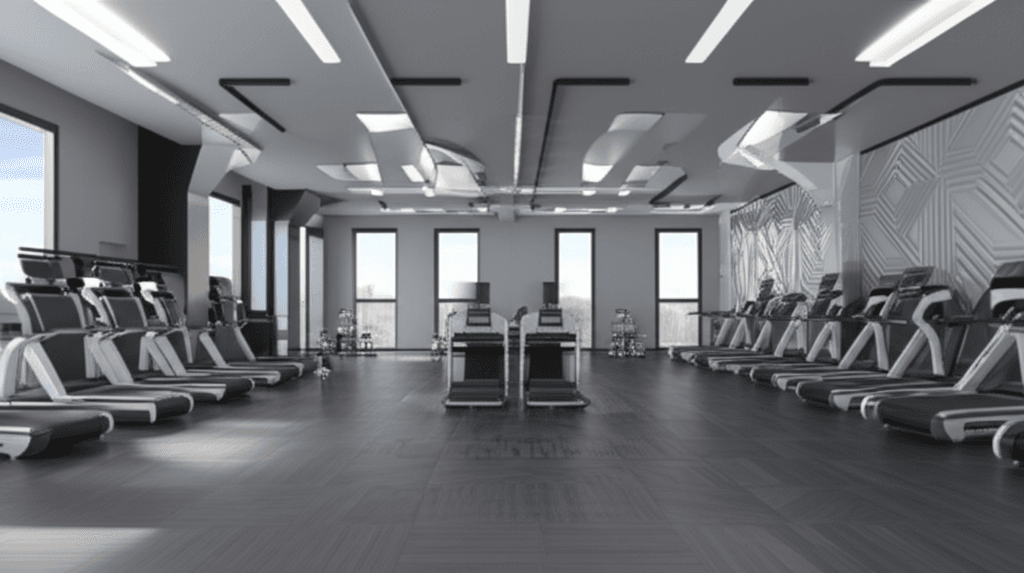
Progression and Consistency are Key
To continue seeing results, consistency and gradual intensity are vital. Fitness expert Yash Agarwal suggests progressing by gradually extending plank times, adding weights for resistance, or combining moves for a greater challenge. Even without equipment, you can increase the difficulty by slowing down movements, increasing repetitions, or decreasing rest times.
Remember, no ab workout is complete without a balanced diet and an overall fitness routine. By dedicating just 10 minutes a day to a focused core routine, you can significantly enhance your body’s strength, stability, and functional capabilities, building a healthier foundation for life.




